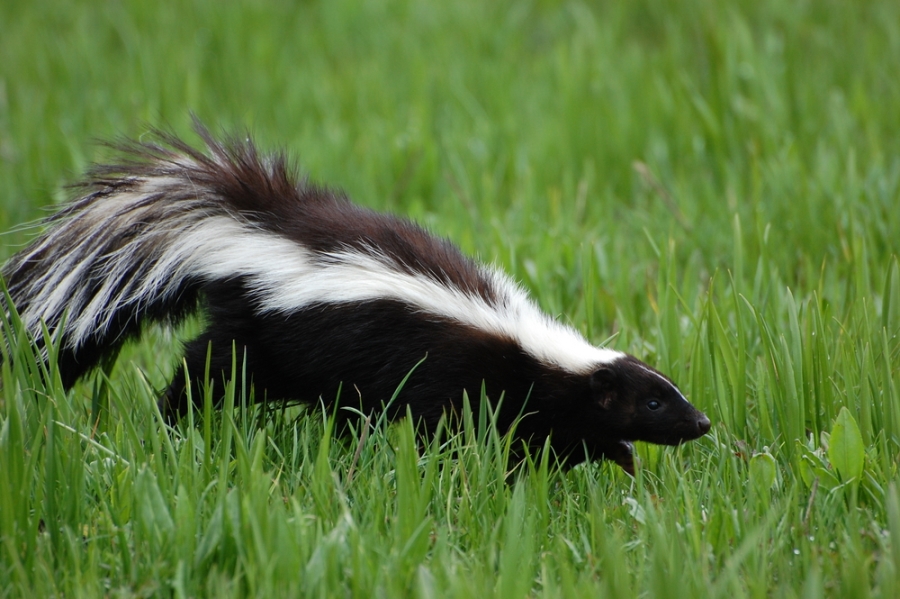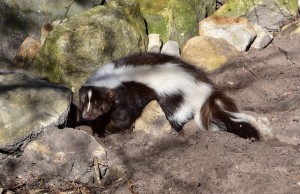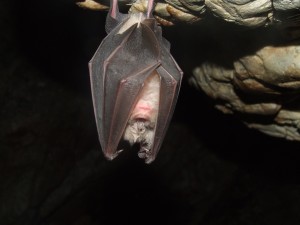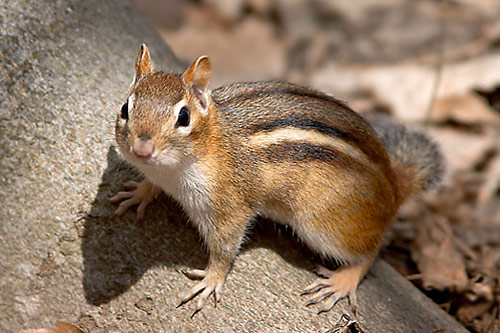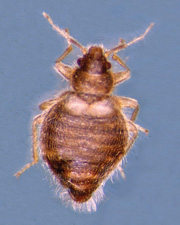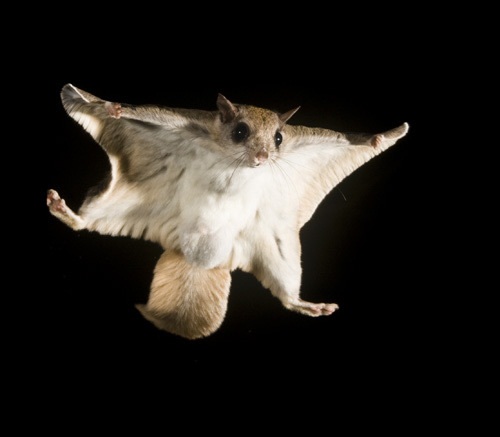What is Leptospirosis?
Animal pests are known to carry many infections and diseases from plague to rabies. These diseases can decimate human populations and have been tough to eradicate. As a result, education, cleanliness, and pest control have improved to tackle the perpetual pest vector problem.
One infection you may not have heard of is leptospirosis. Leptospirosis is a bacteria infection that is spread through raccoon, rat, and other mammal droppings. Both humans and animals can contract this infection. However, it cannot be passed between humans. The infection can cause serious health complications. Humans become infected through contact with contaminated food, water, or soil that has infected urine in it. Also, dogs frequently pick up this infection.
Signs & Symptoms
Signs of leptospirosis range from severe to mild. Infected people may experience headache, high fever, diarrhea, nausea, vomiting, meningitis, and even kidney or liver failure. In some cases, the infected shows no symptoms. The symptoms appear within 7 to 12 days. Most cases of leptospirosis are mild. However, severe cases are characterized by meningitis, liver damage, and kidney failure.
Treatment & Prevention
The infection can be treated with antibiotics. In severe cases, cefotaxime or ceftriaxone are used. Also, salt infusions and dialysis may be used in serious cases. An estimated one million people are diagnosed with severe cases of leptospirosis each year. Consequently, of the severe cases, there are nearly 59,000 deaths.
Pest control has helped aid in minimizing the risk of leptospirosis. In addition, you should avoid urine contaminated water, food, soil, etc. If you believe you’re infected or at risk, seek medical care immediately.
If you discover raccoons or other pests in or near your home, call animal control to safely remove the pests. Preventing pests from leaving droppings can prevent infections from reaching you and your family.





